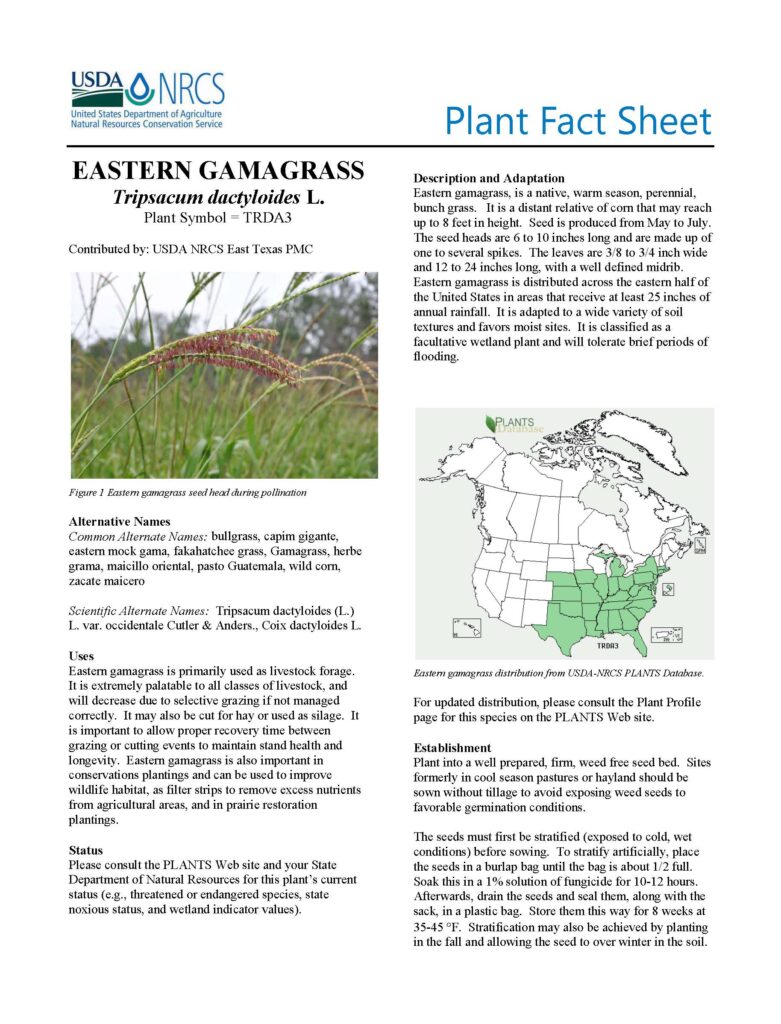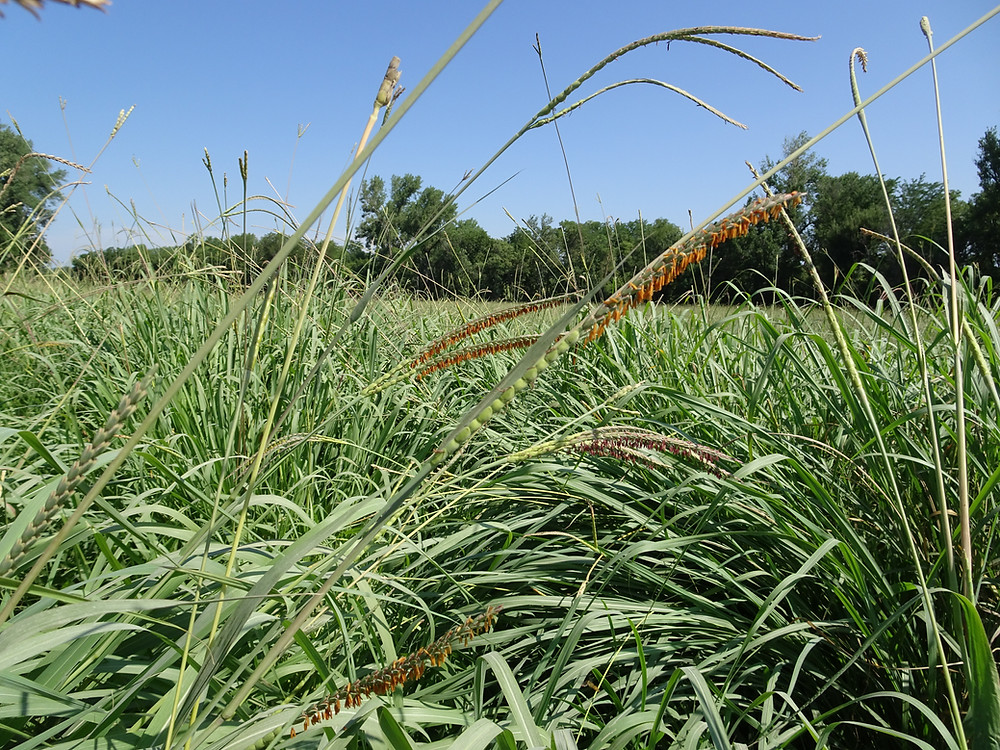Eastern Gamagrass
(Tripsicum dactiloides)
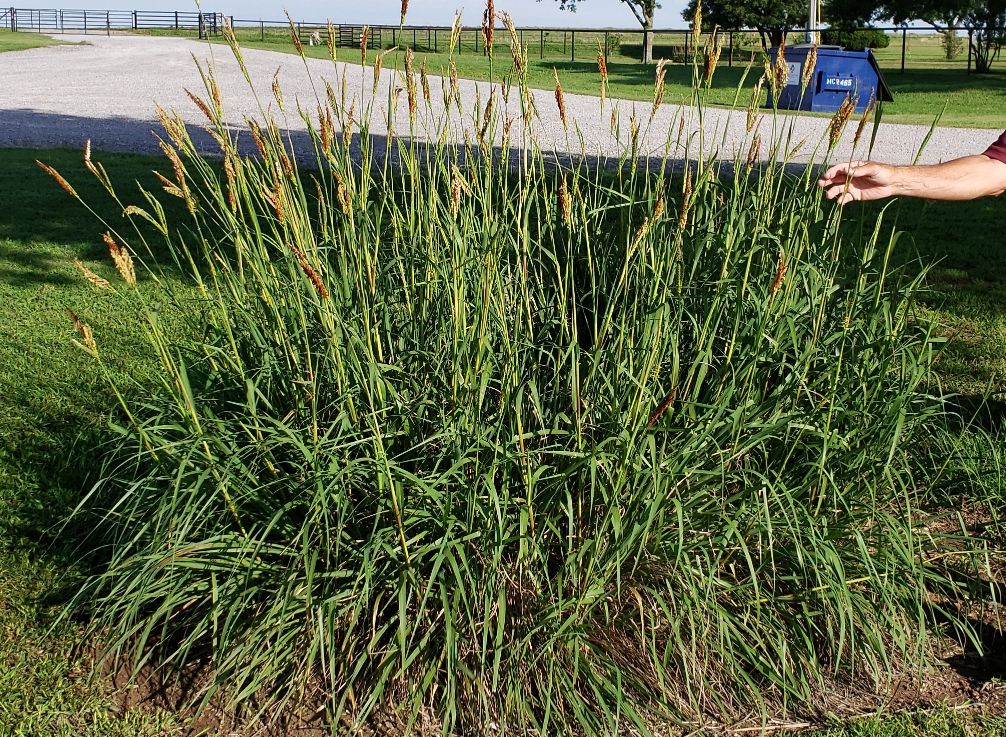
Eastern Gamagrass is a vigorous, long-lived, tall native bunchgrass with thick knotty rhizomes. This warm season grass is widely adapted to low lying bottomlands throughout the Eastern and Southern region of the United States. It is highly palatable to all classes of livestock and provides good browse (grazing) and habitat for wildlife populations.
Eastern Gamagrass is best adapted to loamy to clay type soils in areas with a minimum rainfall of 25 inches or more. It can tolerate periodic flooding almost, as well as, Alamo Switchgrass but better than most grass species.
Growth begins early spring and continues through the summer. Plants usually grow 3 to 6 feet tall. The blades are approximately ½ – ¾ inch wide and approximately 12-30 inches long. The leaves flatten at the base and are dark green in color. Because of its high risk of being overgrazed, it is best managed in pure stands as improved pastures or for hay. If utilized for grazing, rotational grazing should be implemented to maintain stands. This plant has great potential for erosion control and soil stabilization. Seedings should be made on a well-prepared, firm seedbed, free from weeds. A seeding rate of 8-12 pls. Lbs. per acre planted at a depth of 1/4 -3/4 inches deep.
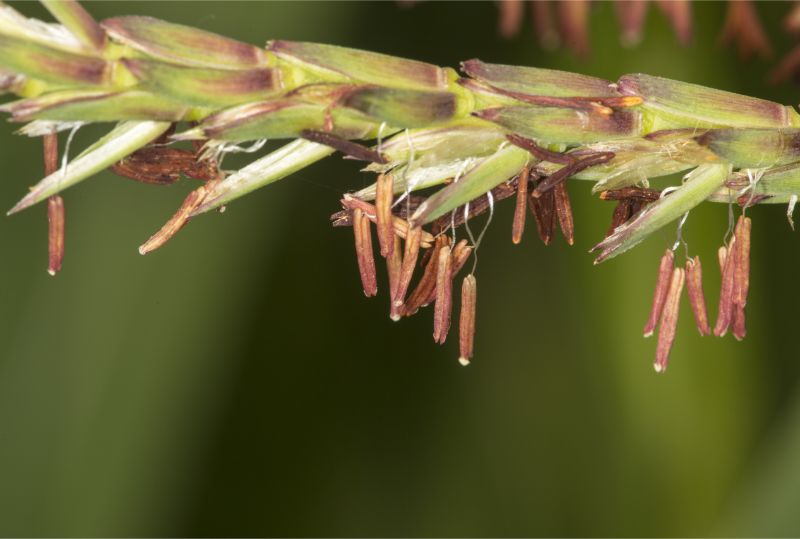
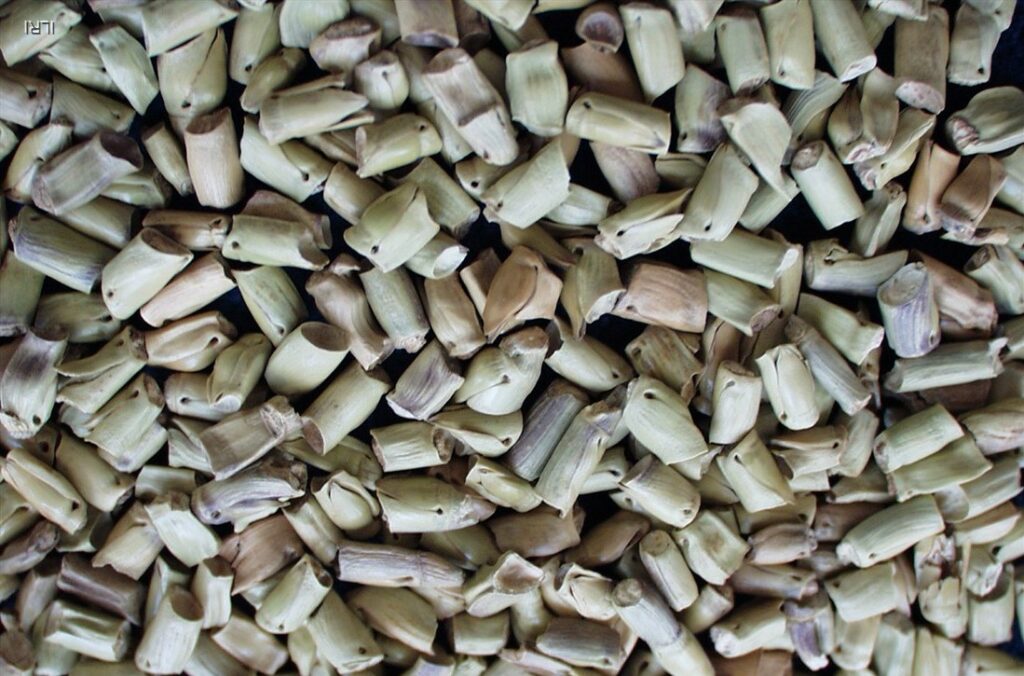
General Characteristics
| Growth Type: | Bunch/Rhizomitous |
| Life Span: | Perennial |
| Growing Season: | Warm Season |
| Native/Introduced: | Native |
| Plant Height: | 4-8 feet |
| Cold Tolerance: | Good |
| Drought Tolerance: | Good |
| Salt Tolerance: | Poor |
| Soil Type: | Loam - Clay |
| Minimum Rainfall: | 25 inches |
| Planting Rate: | 8-12 pls |
| Planting Date: | Dec. - June |
| Seed Type: | Smooth |
| Uses: | Grazing Wildlife Habitat Erosion Control Reclamation |
